Pronation describes the movement of the foot, particularly where it lands while walking. Naturally, it isn’t an issue itself, but unbalanced foot pronation can lead to a variety of issues. Foot pronation can also be caused by a variety of factors, including your natural walk, your footwear, and health issues.
Kizik believes in improving accessibility and the promotion of better foot health. Our story started with us attempting to reinvigorate the footwear market for good. Part of that is increasing awareness of foot health issues, as well as possible solutions.
Below, find out what pronation is and why it matters. Then, we’ll explore ways to prevent and correct pronation issues for better overarching health.
What is pronation?
Pronation refers to what foot you put your weight on when you walk. In the best-case scenario, the landing impact centers on the balls of your feet.
Most people have some amount of pronation, though it isn’t always significant enough to create issues. With normal pronation, everything is fine. Excessive pronation in either direction can cause problems down the line. Such issues can include heel pain, ligament strain, and leg pain.
One type of pronation is overpronation, often called “pronation” in the medical field. When your gait is overpronated, you place more weight on the inside of your foot, and your feet may tilt inward. The big toe and second toe do almost all the pushing as you step, creating an imbalance.
The other type of pronation is underpronation or supination. When supinated, your weight is not placed inwards enough. In other words, the most pressure is placed on the outside of your feet, with the smaller toes doing most of the pushing. An underpronated foot may curve outwards.
When you look at your feet while standing, under most circumstances, they form roughly a 180-degree angle. With pronation, that angle warps. If your feet are overpronated, the larger of the two angles will be facing outwards. Underpronated, and the larger of the two angles faces inwards.
Each type of pronation has its own particular origins and issues. We will be exploring these below.
Overpronation vs. underpronation
The foot is made up of 26 bones and over 100 muscles. Under typical conditions, they work in tandem, with even weight distribution resulting in everything operating perfectly. However, overpronation and/or underpronation can cause issues with this.
Pronation of all types can have a variety of causes. If you have naturally flat feet, you may be more prone to underpronation. Likewise, high arches may make you more prone to overpronation. The same holds true for wearing footwear that simulates a flat or high arch, like flip-flops or high heels.
A change in pronation can also be caused by weight changes, like pregnancy. Overuse of the leg muscles can also take a toll, with fatigue changing the way you walk.
How to perform a gait analysis at home
There are a few ways to perform a gait analysis on your own:
- Look at the inside of your shoe. If the outer edge and inner edge are unevenly worn, you may be suffering from pronation.
- Get your feet wet with non-toxic paint, then place them on a piece of paper, standing naturally. Every part of your foot that appears makes direct contact with the ground when walking. You should aim to have a majority but not all of your feet visible. Too little, and your feet are underpronated, while too much means you’re overpronated.
- Place a phone upright by your feet and record a video of yourself walking. Your feet should largely remain at a 90-degree angle when walking and without a significant tilt. Your gait cycle may be more fluid, but seeing the “natural” position of your feet can help identify issues.
We care about foot pronation because it matters. A variety of health issues spring from the way we walk.
What are the health implications of pronation?
Everyone has some degree of pronation in their feet, but serious overpronation or underpronation can cause unique issues.
Overpronation is highly associated with increased foot pain that may be felt all the way up to the back (back pain being a common co-occurring issue). The stance we hold with our feet impacts not just our gait but the alignment of our body. Knee pain and pain throughout the foot may create a negative loop where proper alignment becomes painful.
Excess underpronation has its own unique failings. Sufferers of this are at a bigger risk for bunions, as well as a wide range of traditional injuries. These include Achilles tendonitis, plantar fasciitis, and shin splints.
Everyone can be impacted by these foot and lower leg injuries. However, athletes should be especially wary of overpronation. High-impact sports can flatten out the arch of the foot over time. This increases the risk of pronation.
In general, pronation of all types makes walking and movement take more effort than they would naturally. You’ll likely tire out more quickly if moving under the effects of pronation. More fatigue, more pain, and increased risks of various health conditions make it important to solve.
Overpronation may develop over time or be inherent due to genetic factors. Regardless of how it's achieved, it is important to address pronation before it causes serious issues. There are many ways to address overpronation. These range from custom orthotics to a simple change of footwear.
When it comes to corrective measures, medical intervention is generally only needed in extreme cases. For preventative measures, your initial choice of footwear is paramount in protecting your feet.
How to address pronation with your footwear
Basic pronation can often be addressed by wearing a pair of comfortable and supportive shoes. Look for shoes that provide adequate cushioning and arch support to assist your feet as you push off the ground.
We would like to highlight Kizik shoes both for their inherent comfort and how well they play with orthotics. Kizik shoes feature removable insoles, which makes them easy to clean and, more importantly, simple to replace. If you have serious pronation issues that require special inserts, Kiziks are roomy enough to be accommodating.
The Roamer
Let’s look at the Roamer. The shoe features a roomy toe box, offering plenty of room to encourage a natural gait. The toe box leaves enough space to accommodate a moving foot (including bunions and hammer toes). The Rabbit Rebound™ insole and Flex Foam™ outsole are developed in tandem to bounce back in response to force.
This flexible shoe adapts to your particular gait. If pronation or injuries have caused falling, the shoe also addresses that. Rubber traction grooves enhance the stability of the user.
The biggest factor separating Kizik shoes from the others has nothing to do with pronation but with comfort. You don’t have to worry about them coming undone or the shoe’s heels getting crushed when you slip them on. Simply slide in and glide away.
The effect of shoes on foot health
The right shoes are important for your foot health. Shock absorption and better motion control both matter. Heels are naturally going to be less supportive than athleisure shoes. (However, correcting severe pronation issues may require support from a podiatrist or other healthcare providers.)
Below, we’ll go into all the other ways that you can address pronation issues.
Ways to soothe pronation
Seeing a physical therapist or a physician for overpronation holds a variety of benefits. They can offer expert advice and product selection when it comes to addressing your specific concerns. They may also offer insight into any conditions that may develop as a result of pronation.
Physical therapy can help alleviate the pain that results from pronation. Beyond that, some treatment options can include:
Anti-inflammatory medication and supportive tape may protect the impacted joints, allowing you to return to a normal gait. Medical orthoses or orthotics can also be extremely helpful. Inserts can help address issues with gait by forcibly addressing arch height. Taken with comfortable shoes, taping, and anti-inflammatories, discomfort from this adjustment can be mitigated.
Sometimes a particular exercise regimen may help strengthen arches and reduce pronation. These may include strength training or a variety of stretches.
Solving foot problems with better shoes
Foot pronation is common but complex. Few people have a perfect gait, and the vast majority experience some level of pronation.
Only a portion of those cases requires corrective measures to address pronation. It may be that a change of footwear is enough, but only serious corrective measures may suffice for extreme pronation.
Kizik can’t provide the sort of expert, personalized care that a physician would be able to. However, we can continue to do what we do best: Care about shoes and care about people.
That means doing our research to help provide the most accurate information and the best footwear we can. Kizik shoes are made to be accessible, inclusive, stylish, and comfortable because that’s the future we want from our footwear.
Sources:
Supination and Pronation: What It Means for the Foot and Arm I Healthline
Anatomy of the Foot | Arthritis Foundation
Prescription Custom Orthotics and Shoe Inserts | APMA
Disease/Condition: Overpronation: What It Is, Causes & Treatment | Cleveland Clinic


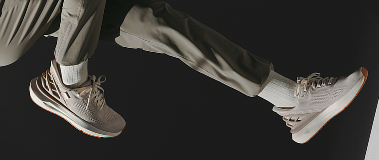


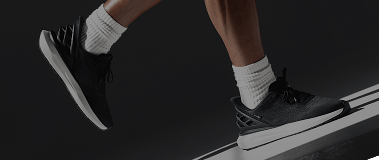
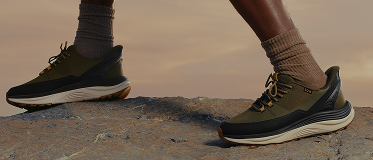
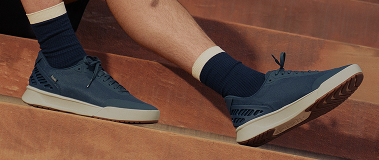
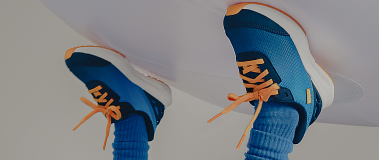
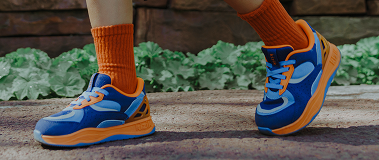
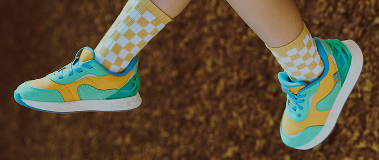




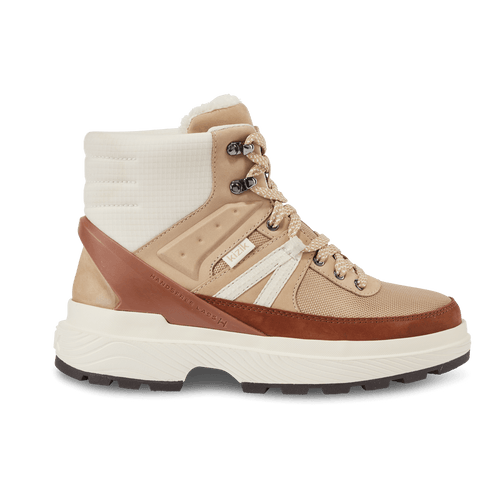
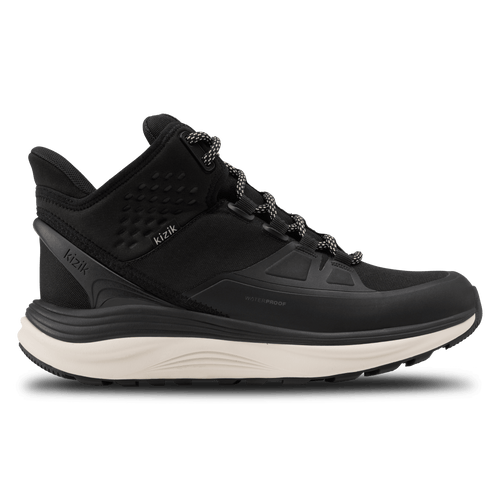





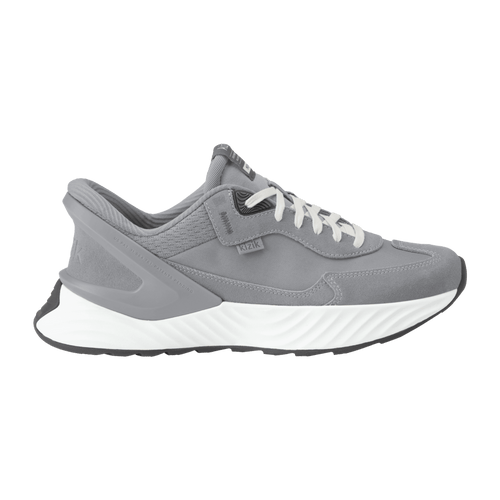


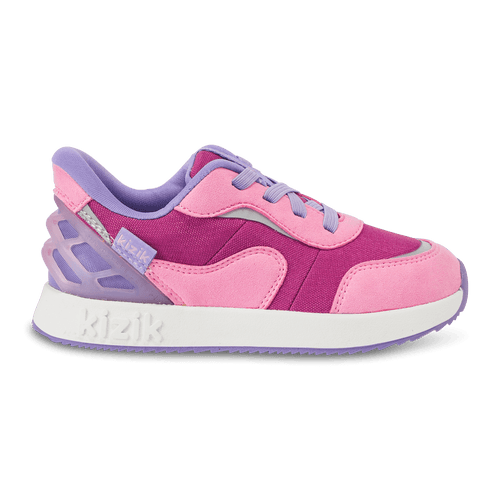




Leave a comment
This site is protected by hCaptcha and the hCaptcha Privacy Policy and Terms of Service apply.